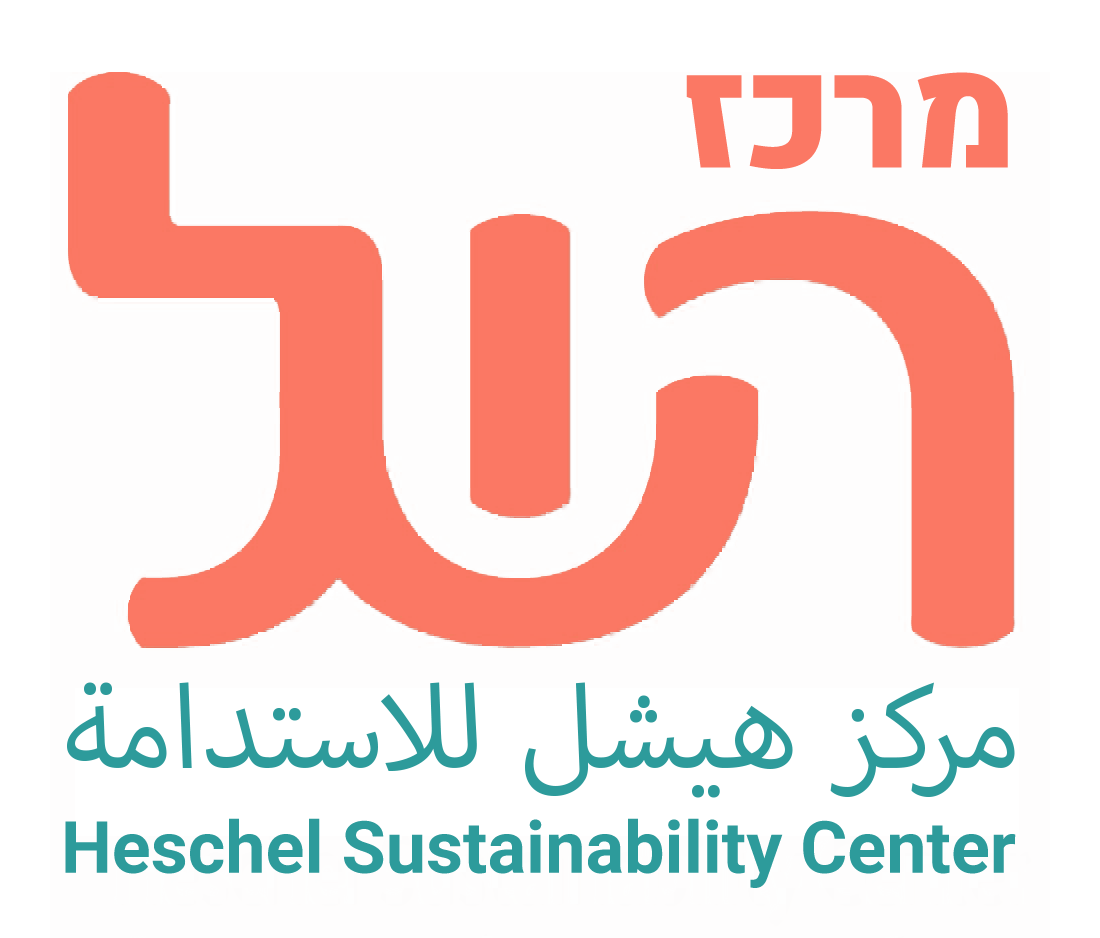–A Heschel Center post on Chanukah? But aren’t you guys all about the environment and sustainability and such?
–Nu? (Yiddish for: “so, what’s your point?”).
–So, what’s the environmental side of Chanukah? I always thought it was either about miracles, like the oil that lasted for eight days, or about military bravery and fighting for independence.
–True—that’s the Sunday school version, which always triggers its own debates about whether the central message of the holiday is more religious-theological, or more secular-political. But it’s more complex than that.
–How so?
–Well, one of the headline issues in the world is energy: did you ever realize that Chanukah represents the first great “oil” crisis? And that the crisis was solved with renewable energy?
–Get serious! Besides, some would interpret that to mean that we should wait for God to solve our current energy problems in the same miraculous way…
–You’re right. But it’s no coincidence that Chanukah comes towards the end of the mesik, the olive harvest in Israel, when oil becomes plentiful. Remember the nerot we light originally referred to oil lamps, not the candles many of us use.
–That’s interesting. You know, most of those candles are petroleum-based—it would certainly add another level of meaning to switch to an olive oil menorah.
–I agree. There is indeed this whole agricultural side: The Mishna (Bikkurim 1:6) even mentions Chanukah as the last time to bring first fruit offerings, probably because the olive crop is the last of the seven species to ripen.
–Just as winter is setting in—which means that we renew our stock of oil just as the days shorten and we need it most.
–Nicely put—and that is another ‘environmental’ side of the holiday. The theme of light and its return is doubly represented on Chanukah: not only the light of the sun, at the winter solstice, but the moon as well. The holiday straddles the new moon of Tevet, and the moon disappears and then reappears during the course of the festival.
–One thing I really like about the natural sides of almost all our holidays is the universal connection it gives us: both to these cosmic cycles of light, darkness, and seasonal changes, but also to other peoples and their cultures. You know, many traditions have candle lighting festivals in the winter!
–That’s sounds really new-agey, but it’s actually an ancient realization. The Talmud even hints that the origin of the eight days of Chanukah is precisely as a solstice festival.
–Really? I thought the Talmud barely mentions Chanukah.
–The tractate of Avoda Zara (8a), dealing with idolatrous practices, relates that the Roman festivals of Calendria and Saturnalia take place eight days after and eight days before the solstice. Then a teaching of the rabbis is quoted: “When the first Adam saw the day getting progressively shorter, he said: ‘Woe is me, for because I have sinned, the entire world is being cast into darkness and returning to chaos! This must be the death that was decreed by Heaven!’ He then sat for eight days in prayer and fasting. But as he observed the winter solstice and noted the day getting increasingly longer, he said: ‘This must be the way of the world’, and he celebrated an eight day festival…” The point being, that our Chanukah and those other festivals go back to that same universal human experience of joy and relief at the return of the light in darkest winter.
–When you think about it, those natural cycles that we’re so used to are no less miraculous than a story about a jar of oil—and we witness them all the time!
–It’s hard for us to believe in miracles these days—but maybe it’s just about not taking things for granted… Learning to celebrate the miracles big and small in our lives
–You know, when it comes to how we celebrate, and those connections with other holidays, I’ve been troubled recently with the increasing commercialization of Chanukah, much like its seasonal cousin, Christmas.
–I agree. And it’s doubly ironic on Chanukah, which represents the triumph of spiritual values over the materialistic culture of Hellenism. That’s also another environmental aspect of the holiday: the emphasis on quantity in gift-giving, and the destructive effects of our runaway consumer culture…
–Oy! That’s a lot of guilt with the gelt!
–Well, we do build and preserve the world both with our presence, and our presents. The candles should represent for both, a ner tamid, a perpetual, sustainable, nurturing source of light and warmth, and not an esh ochelet, a destructive, devouring fire.
–Amen. Chag urim sameach, may it be a joyous festival of light for all!
–Dr. Jeremy Benstein
